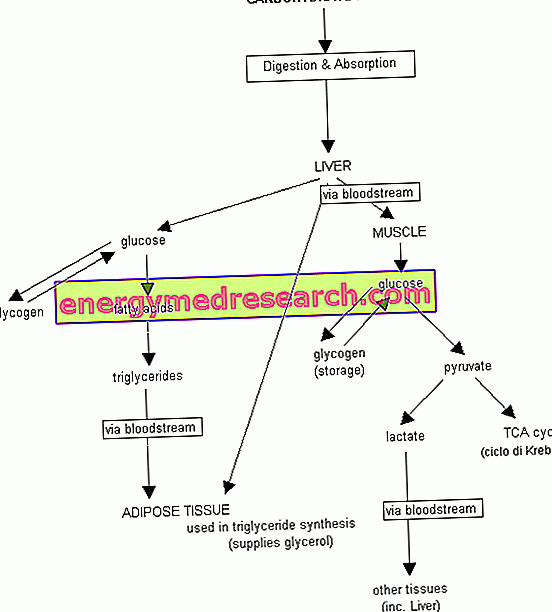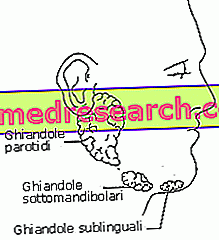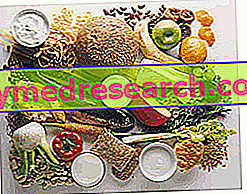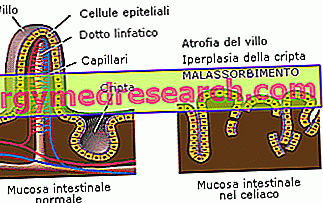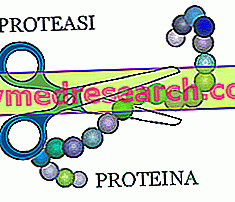Carbohydrate digestion begins in the oral cavity and continues into the intestine, where the various nutrients are absorbed. The purpose of this process is the hydrolysis of disaccharides, oligosaccharides and polysaccharides in the single monosaccharides that make them up, in order to make them absorbable by the intestinal mucosa
Category food digestion
See also: pH of saliva Saliva is a hyposmotic fluid secreted by the salivary glands located in the oral cavity. Like all secretions, saliva also consists predominantly of water (99%), while only 1% is represented by inorganic and organic substances. Among the inorganic substances, we find mainly mineral salts, in particular sodium, potassium and calcium chlorides and bicarbonates
Food digestion times can vary, even considerably, from individual to individual, depending, for example, on the ability to chew slowly, gastric acidity and intestinal motility. Even if only in broad terms, however, knowing the digestion times of the most common foods helps athletes to avoid finding themselves "heavy" during training or competitions
Digestive enzymes: here below are the links to the various articles of the site that deal with the theme "digestive enzymes". First, however, a brief outline: DIGESTIVE ENZYMES ENZYME digests Oral cavity (salivary glands) Amylase Starch Lingual lipase Triglycerides Stomach Pepsin Protein Gastric lipase Triglycerides Pancreas Amylase Starch Lipase and colipase Triglycerides Phospholipase Phospholipids Trypsin Peptides Chymotrypsin Peptides Elastin Elastase (connective tissue) carboxypeptidase COOH-terminal peptide bonds Intestinal epithelium enterokinase Activate trypsin disaccharidase
We speak of malabsorption to indicate the deficient passage of one or more products of digestion from the gastrointestinal tract to the blood. Malabsorption, often associated with maldigestion, can be: selective (relative to a single nutrient, as in lactose intolerance); partial (relative to a more or less wide part of nutrients, as in the a-Beta-lipoproteinemia (rare hereditary disease that interferes with the normal absorption of lipids); total (typical of celiac disease and other diseases or conditions that damage the mucosa of the small intestine)
PROTEASES (or peptidases): hydrolytic enzymes involved in protein digestion. With their action, proteases are able to break the peptide bonds that bind the various amino acids and from which repeated protein molecules originate. The digestive tube proteases, synthesized in the stomach, pancreas and intestinal mucosa, are divided into endopeptidases and exopeptidases

